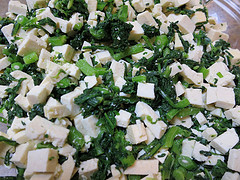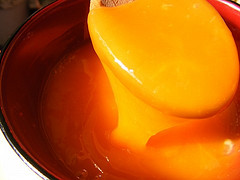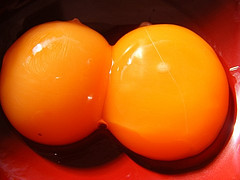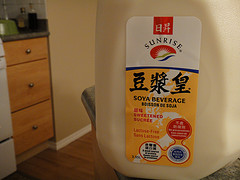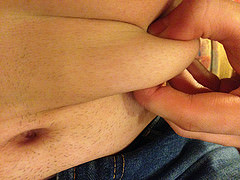
flic.kr/p/me57kp
Used for decades as a cure for high cholesterol, lecithin granules contain all the phosphatides that are found naturally in cell membranes. Which phosphatides? Of course, the important ones. Each tablespoon of lecithin granules – that is, about 7.5 grams – has about 1700 mg of phosphatidyl choline (roughly 98%, more than most lecithin sold in powdered or pill form), 1000 mg of phosphatidyl inositol, and about 2,200 mg of essential fatty acids such as linoleic acid. All these compound elements have specific functions that could contribute to the health of our body. Read more . . .
